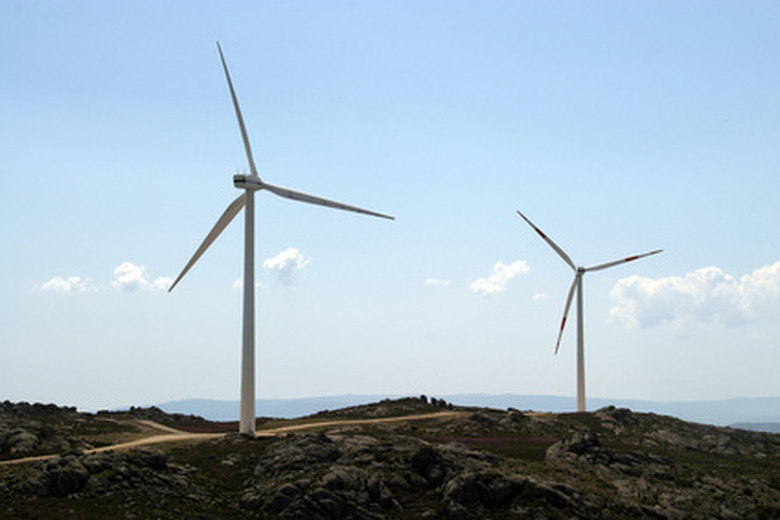How Are Windmills Used Today?
Windmills have been around for a long time in human history. They are one of the first man-made methods of power generation. The Dutch windmills are probably the best known examples of windmill construction, but other types of windmills have been used, and today, what we call windmills are actually highly refined and carefully engineered turbines that made the most of their ability to capture the wind to create power.
History of Windmills
History of Windmills
The Persians used the first windmills around 500-600 A.D. They looked quite different than later windmills that were built in Europe. According to information at telosnet.com, Persian windmills had vertical sails made from bundles of reeds or wood attached to a center vertical shaft with struts. It is thought the Chinese used windmills as well, but documentation of this is not available until 1200 A.D. By that time, windmills were in use in Europe as well, and some of these structures have been preserved as historical artifacts.
Windmill Uses
Windmill Uses
Windmill power was used for a number of functions, such as:
- tobacco
- spices
- cocoa
- dyes
- paints
Many small windmills are still in use on farms today, being used for water-pumping, stock-watering and farmhouse needs.
How Windmills Work
How Windmills Work
Though there are many types of windmills, they all work essentially the same way. The sails or blades accumulate the wind that flows over it, and use the lift to turn the blades. The blades are connected to a drive shaft so that when the wind causes the blades to turn, they then rotate the drive shaft. This is then connected to a millstone or to an electric generator to make electricity.
To learn more about the historical and modern functions of windmills, watch the video below:
Modern Windmills
Modern Windmills
Modern windmills that generate electrical power are called wind turbines, and they look very different than the kinds seen in history books. Modern windmills are thin, sleek structures made of steel or aluminum, with three blades made of fiberglass reinforced polyester or wood-epoxy. They can range up to 90 meters tall, but small turbines are also available for residential and small business use.
Wind Power
Wind Power
Wind turbines, the modern equivalent of the windmill, are usually grouped into large collections of units to produce electricity. These are called wind power plants, or wind farms. They are generally located in agricultural areas where large plots of land are available, and agricultural activities are undisturbed by their action. Often located in windy areas of the country, they can also be constructed offshore to make use of winds that sweep over the bodies of water. Wind-powered energy leaves no dangerous waste than can be dangerous to both people and the environment. But since the wind does not blow continuously, ways of storing the electricity must be used, as well as alternative methods of generating electricity.
Cite This Article
MLA
Wood, J. Lang. "How Are Windmills Used Today?" sciencing.com, https://www.sciencing.com/windmills-used-today-7220114/. 12 November 2018.
APA
Wood, J. Lang. (2018, November 12). How Are Windmills Used Today?. sciencing.com. Retrieved from https://www.sciencing.com/windmills-used-today-7220114/
Chicago
Wood, J. Lang. How Are Windmills Used Today? last modified March 24, 2022. https://www.sciencing.com/windmills-used-today-7220114/
